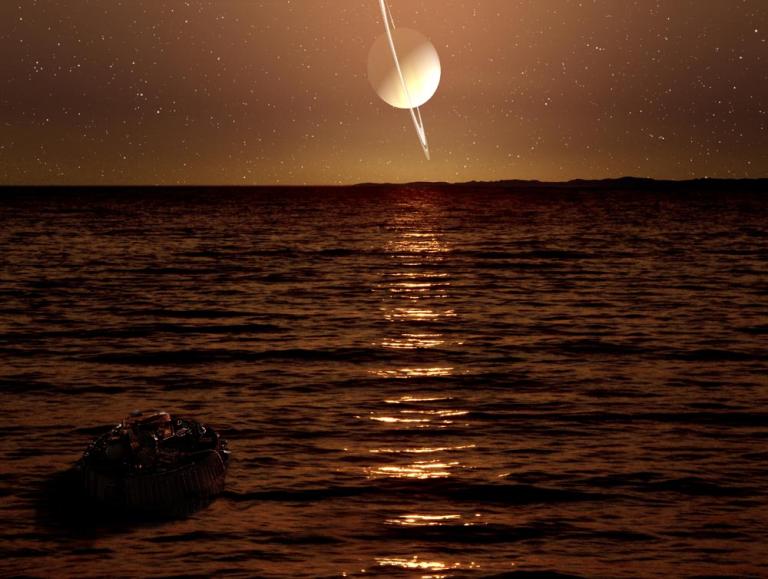
More notes from Chris Impey, University Distinguished Professor and Deputy Head of the Department of Astronomy at the University of Arizona, extracted from his book How It Began: A Time-Traveler’s Guide to the Universe (New York and London: W. W. Norton and Company, 2012):
It seems simple enough. Take a large, diffuse cloud of gas and dust. Give it a nudge. Watch as it collapses by gravity. It has some spin so that spin gets amplified as it shrinks, and the result is a much smaller and denser rotating disk. At the center of the cloud a new star ignites. Grit particles in the disk collide and grow, from dust grains to planets. Radiation from the young star drives out leftover gas close in, leaving rocky planets at small distances and rocky cores that can attract large gassy envelopes farther out. Voilà.
This picture is complicated by collisions, and interactions between the planets that can rearrange their orbits, but it seems to hang together. However, with only one solar system to study it might be a just-so story we’ve invented to account for the quirks of our neighborhood. With more than 700 exoplanets to learn from, including over 100 in multiple planet systems, the goal is a general theory of how planets form. (57-58)
And that, of course, is a thoroughly sound and thoroughly scientific goal.
But it’s very different in nature from the goal of most historical scholarship, as that goal was explained by Hans-Georg Gadamer in the quotation from him that I shared in a blog entry that I posted on Sunday:
“Is genuine knowledge available beyond the sciences?”
Science, it seems, is not the only path to knowledge.
Dr. Impey then proceeds to explain some of the outstanding issues and disputes that — please forgive this! — revolve around the origins of our own and other solar systems.
Confusion and complexity reign in the subject of planet formation. More data aren’t always leading to more clarity. (60)
***
In that light, this is interesting:
“BYU professor part of finalist team for NASA mission”
I’m pleased to be able to point out that Dr. Jani Radebaugh has participated in both of the symposia that the Interpreter Foundation has sponsored, thus far, on science and Mormonism:
Science and Mormonism: Cosmos, Earth, and Man
“The Outer Solar System: A Window to the Creative Breadth of Divinity”
Introduction to Dr. Guy Consolmagno, S.J., “Keynote Address: Astronomy, God, and the Search for Elegance”
I’m sure that I speak for everybody else associated with the Foundation in wishing Professor Radebaugh and the Dragonfly team resounding success. What a thrilling effort in which to be involved!












